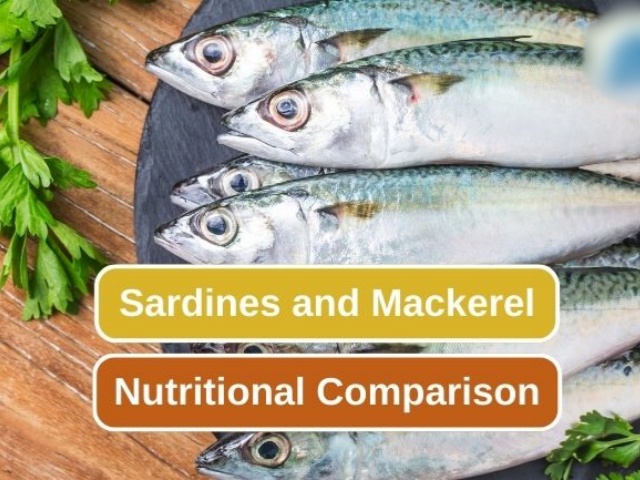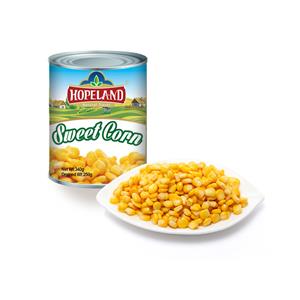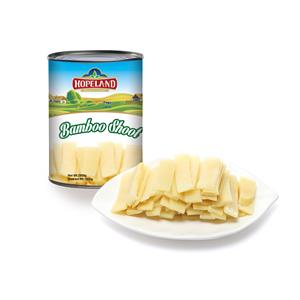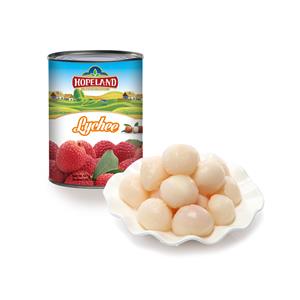Mackerel vs. Sardine: Which is Better?
When it comes to seafood that’s affordable, nutrient-dense, and widely available, mackerel and sardines are two of the most discussed options. Both belong to the oily fish category, prized for their healthy fats, robust flavors, and versatility in cooking. For people seeking to improve their diet, lower their risk of heart disease, or simply enjoy delicious seafood, the question often arises: What’s better, mackerel or sardines?
The answer isn’t as straightforward as picking a winner, because both fish have unique qualities. In this article, we’ll compare them across nutrition, taste, health benefits, sustainability, and culinary uses, so you can decide which fish fits your lifestyle and preferences best.
1. Introduction to Mackerel and Sardines
Mackerel
Mackerel is a name given to several species in the Scombridae family. Popular varieties include Atlantic mackerel (Scomber scombrus), Spanish mackerel (Scomberomorus maculatus), and chub mackerel (Scomber japonicus). Mackerel is an oily fish with high fat content, giving it a rich flavor and buttery texture. It’s commonly consumed fresh, smoked, canned, or grilled, and is especially popular in Japan, Europe, and coastal regions worldwide.
Sardines
Sardines, sometimes called pilchards, are small schooling fish belonging to the Clupeidae family. They typically measure 6–12 inches and are packed tightly in tins with oil, brine, or sauce. Sardines are abundant in the Mediterranean, Atlantic, and Pacific Oceans, and have been a staple for centuries due to their affordability and long shelf life.

2. Nutritional Comparison
Both mackerel and sardines are nutritional powerhouses, but their profiles differ slightly. Let’s look at the breakdown per 100 grams (values approximate, depending on species and preparation).
Nutrient | Mackerel (Atlantic, raw) | Sardines (canned in oil, drained) |
Calories | 205 | 208 |
Protein | 19 g | 25 g |
Fat | 13.9 g | 11.5 g |
Saturated Fat | 3.3 g | 1.5 g |
Omega-3 (EPA+DHA) | ~2,600 mg | ~1,480 mg |
Vitamin D | 360 IU (90% DV) | 270 IU (68% DV) |
Vitamin B12 | 12 mcg (500% DV) | 8.9 mcg (370% DV) |
Calcium | 12 mg | 382 mg (from edible bones) |
Selenium | 44 mcg (80% DV) | 52 mcg (95% DV) |
Sodium | 90 mg | 505 mg (due to canning in brine) |
Key Takeaways:
Protein: Sardines provide slightly more protein per gram.
Fats: Mackerel is richer in omega-3s, especially the EPA and DHA forms crucial for heart and brain health.
Vitamins: Both are excellent sources of vitamin B12, but mackerel is higher in vitamin D.
Calcium: Sardines shine here because their soft, edible bones are a calcium treasure chest.
Sodium: Canned sardines can be much higher in sodium, depending on the packaging.
3. Health Benefits
Both fish have profound benefits for health, but they excel in different areas.
Benefits of Mackerel
Heart Health: The omega-3 fatty acids in mackerel lower triglycerides, reduce inflammation, and support normal heart rhythm.
Brain Function: DHA, abundant in mackerel, is essential for cognitive performance and may protect against dementia.
Bone Health: High vitamin D supports calcium absorption, strengthening bones and teeth.
Energy and Metabolism: B12 and selenium boost red blood cell production and thyroid function.
Benefits of Sardines
Bone Strength: Sardines are among the best dietary sources of calcium, making them excellent for preventing osteoporosis.
Nutrient Density: With B12, selenium, vitamin D, and protein, sardines are a compact nutritional package.
Weight Management: High in protein but relatively lower in fat than mackerel, sardines help with satiety and lean muscle maintenance.
Convenience: Being available canned means sardines are accessible anywhere, anytime.
4. Taste and Culinary Uses
Mackerel Flavor Profile
Rich, oily, and somewhat stronger in taste than white fish.
Often described as buttery with a meaty texture.
Fresh mackerel spoils quickly, so it’s commonly eaten grilled, baked, smoked, or raw (as in Japanese sashimi).
Sardine Flavor Profile
Also oily, but with a more pronounced fishy and salty taste, especially when canned.
Smaller bones are edible, giving a slightly crunchy texture.
Commonly enjoyed straight from the can, on toast, in pasta, or as a topping for salads and pizzas.
Culinary Versatility
Mackerel is more versatile in fresh cooking: grilled fillets, curries, sushi, or smoked preparations.
Sardines win in portability: easy to store, no cooking required, perfect for snacks and emergency meals.
5. Sustainability and Environmental Impact
Seafood choices aren’t just about health—they’re about the planet too.
Mackerel Sustainability
Atlantic mackerel populations are considered relatively sustainable when managed responsibly.
However, certain species (like king mackerel) are high in mercury, which raises health and environmental concerns.
Sardine Sustainability
Sardines are one of the most sustainable seafood options. They reproduce quickly, grow fast, and are caught in large numbers with minimal bycatch.
Sardines are also low in mercury, making them safer for regular consumption.
Winner: Sardines are generally the more eco-friendly choice.
6. Mercury Levels and Safety
Mackerel: Species matter here. Atlantic and Pacific mackerel are low in mercury, but king mackerel is very high and should be avoided, especially by pregnant women and children.
Sardines: Consistently low in mercury due to their small size and short lifespan. Safe to eat frequently.
7. Cost and Availability
Mackerel: Fresh mackerel can be inexpensive in coastal areas but harder to find inland. Smoked or canned mackerel is widely available but sometimes pricier than sardines.
Sardines: Among the cheapest fish products on the market. A can of sardines is affordable, portable, and has a long shelf life.
8. Who Should Choose What?
Choose Mackerel If:
You want more omega-3s for heart and brain health.
You live where fresh mackerel is available.
You enjoy richer, meatier seafood flavors.
You’re looking to boost vitamin D intake.
Choose Sardines If:
You need more calcium in your diet.
You want a sustainable, eco-friendly seafood choice.
You prefer convenience (canned options).
You’re limiting mercury intake.
9. Practical Ways to Eat More Mackerel and Sardines
Mackerel Recipes
Grilled Mackerel Fillets with lemon and herbs.
Japanese Saba Shioyaki (salt-grilled mackerel with rice).
Smoked Mackerel Pâté on toast.
Mackerel Curry with coconut milk and spices.
Sardine Recipes
Sardines on Toast with avocado or tomato.
Mediterranean Sardine Salad with olives, cucumber, and feta.
Sardine Pasta with garlic, chili, and parsley.
Sardine Pizza Topping for a savory twist.
10. Final Verdict: Which Is Better?
The answer depends on your priorities.
If omega-3s, vitamin D, and rich taste are your goals → Mackerel has the edge.
If calcium, sustainability, affordability, and low mercury matter more → Sardines win.
Ultimately, both are excellent choices. Instead of choosing one over the other, you can enjoy both as part of a diverse seafood diet. By alternating between mackerel and sardines, you’ll maximize the unique health benefits each provides while also supporting sustainable eating habits.
11. Conclusion
When comparing mackerel vs. sardines, it’s less about which one is “better” universally and more about what’s better for you. Sardines are the champions of sustainability and calcium, while mackerel delivers unbeatable omega-3s and vitamin D. Both are nutrient-dense, versatile, and delicious.
So next time you’re at the grocery store or fish market, don’t stress too much—whether you reach for a can of sardines or a fresh mackerel fillet, you’re making a smart, healthy, and flavorful choice.




